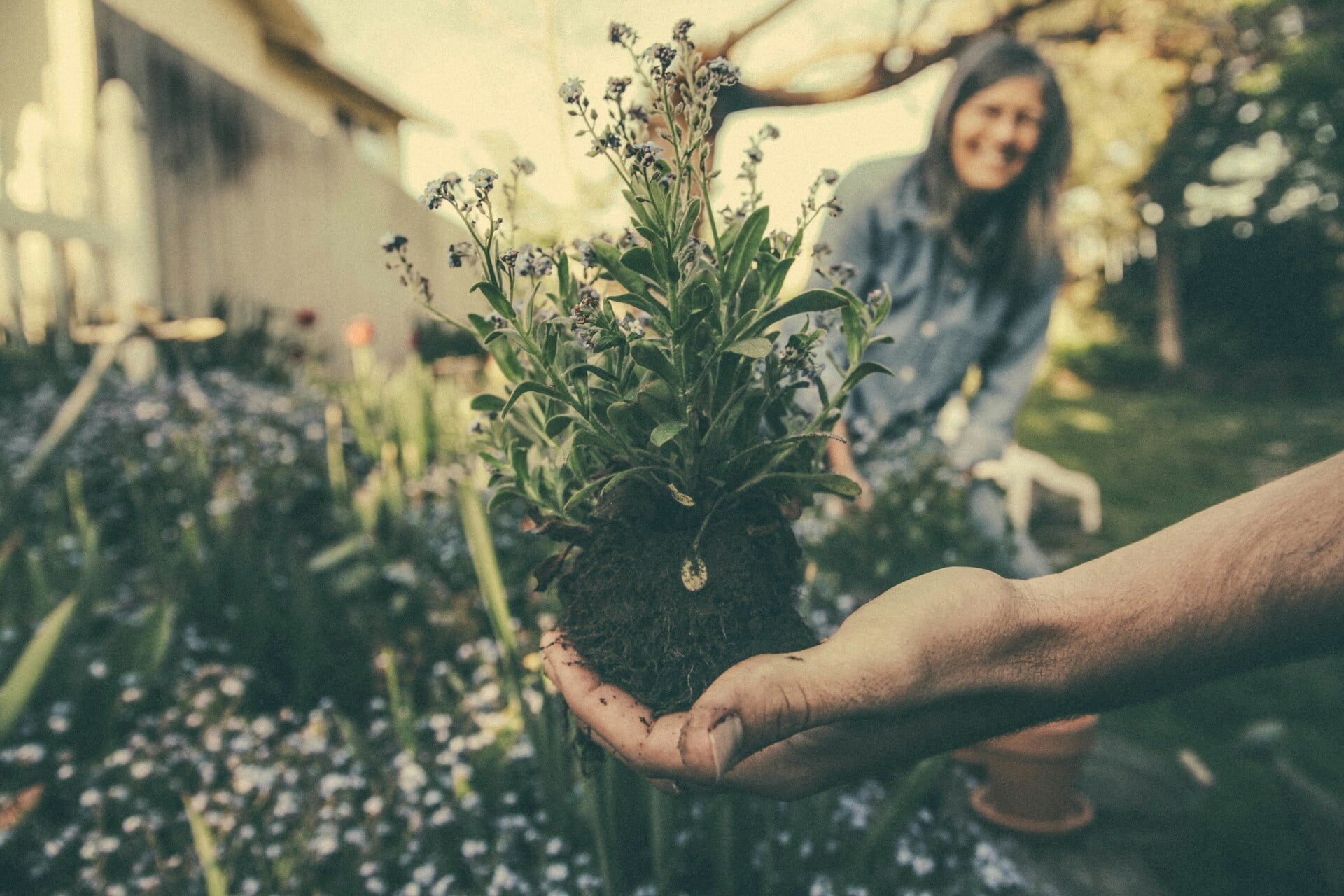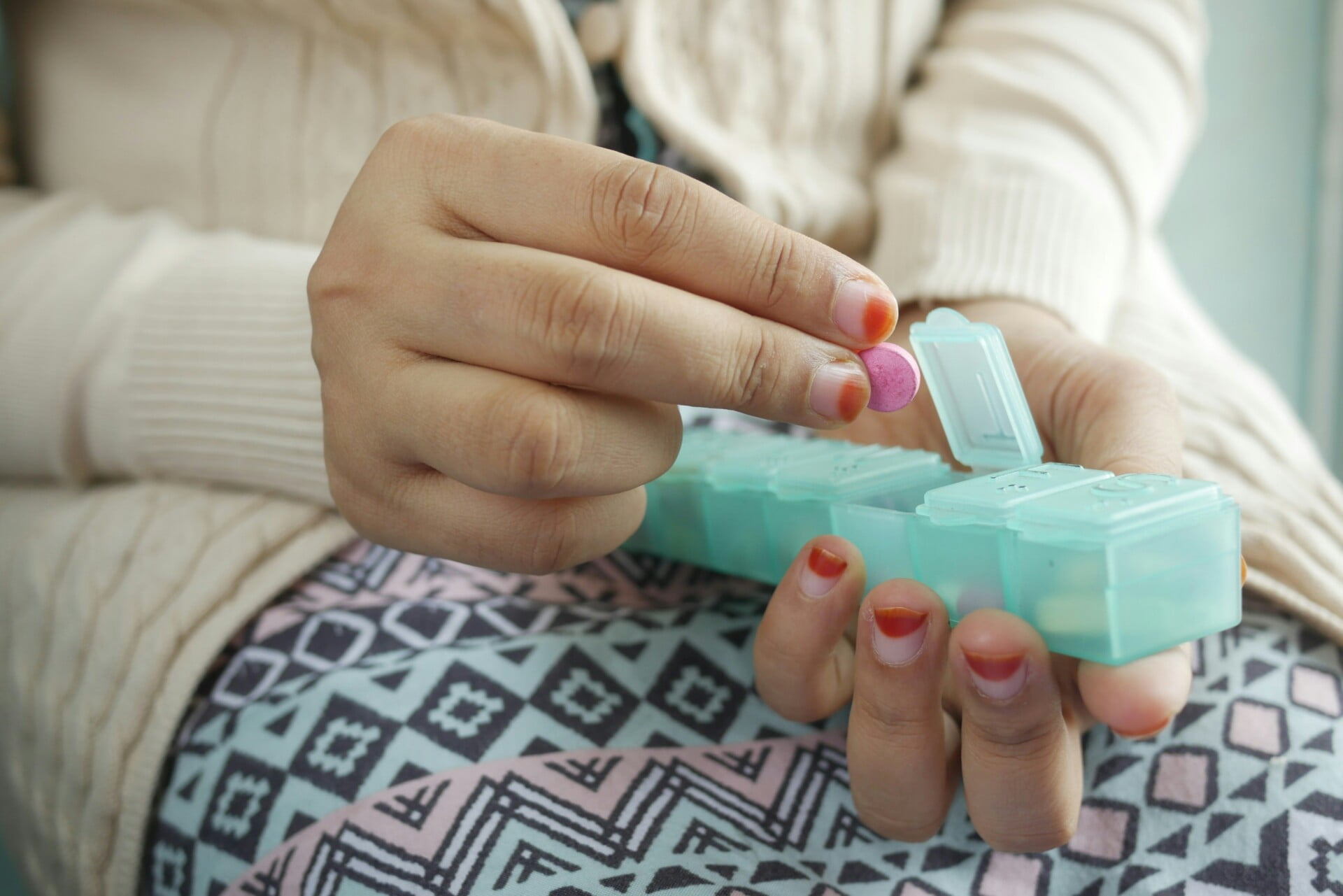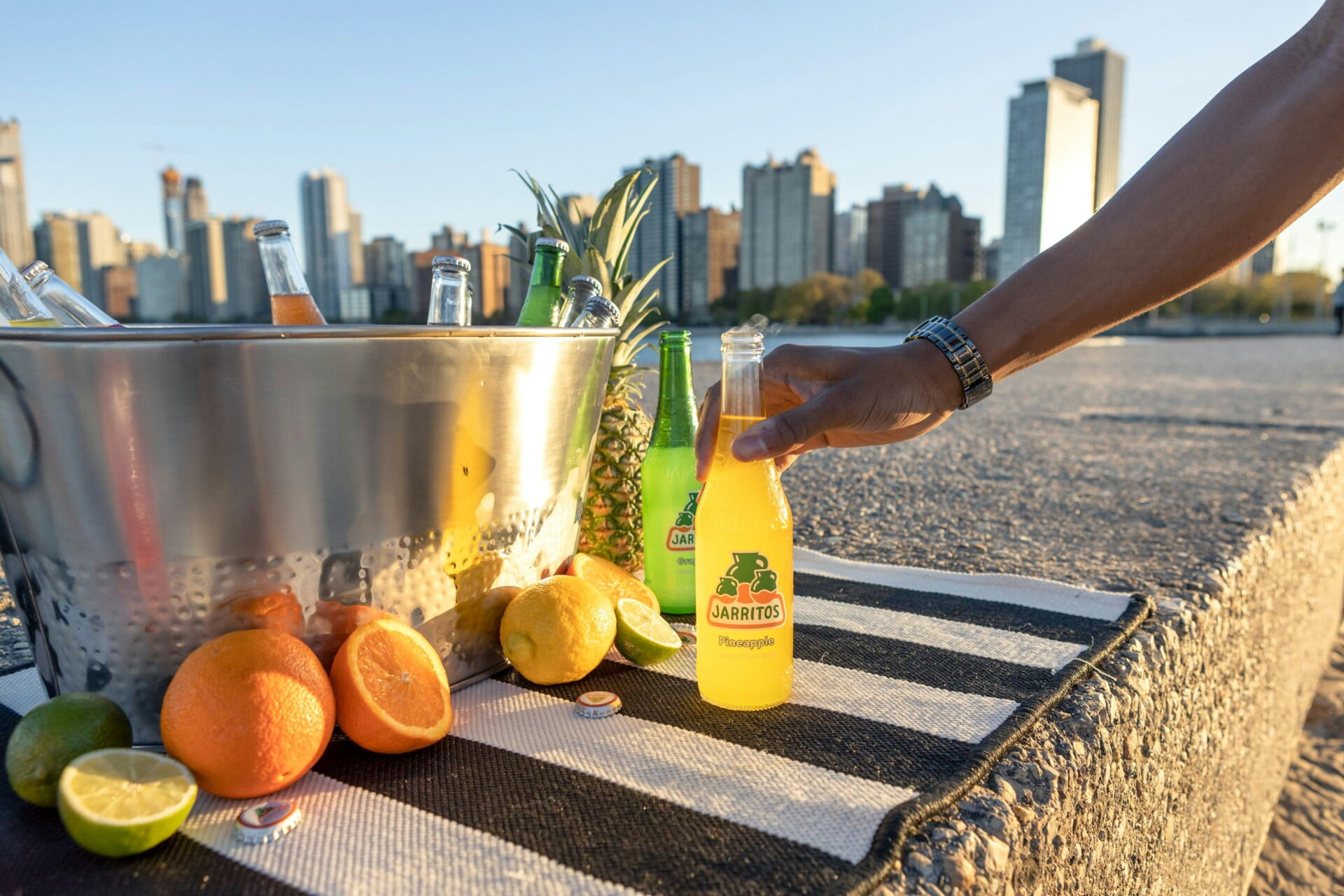Imagine having your own mini orchard right on your rooftop, filled with a vibrant array of fruits. It may seem like a distant dream, but with container gardening, it can become a reality. In this article, we will explore the top 10 fruits that thrive in container gardening on rooftops. From juicy strawberries to luscious blueberries, these fruits not only add a burst of color to your space but also allow you to enjoy the delicious rewards of your labor. So, get your gardening gloves ready and let’s discover the exciting world of rooftop container gardening!

Heading 1: Strawberries
Subheading 1: Varieties for Container Gardening
When it comes to growing strawberries in containers, there are numerous varieties that are well-suited for this purpose. Some popular options include the everbearing ‘Albion’ variety, which produces a steady supply of berries throughout the growing season. Another excellent choice is the ‘Seascape’ variety, which is known for its disease resistance and large, juicy fruits. For those who prefer a more compact option, the ‘Tristan’ variety is a great choice. It produces sweet, flavorful berries and is ideal for smaller containers.
Subheading 2: Soil and Container Requirements
To grow strawberries successfully in containers, it’s crucial to provide them with the right soil and container. Choose a well-draining potting mix that is rich in organic matter. This will ensure that the plants receive adequate nutrients and moisture. As for the container, opt for a shallow one with good drainage holes to prevent waterlogging. A container with a diameter of at least 12 inches is recommended, as it allows enough space for the strawberry plants to spread and grow.
Subheading 3: Watering and Fertilizing Tips
Strawberries require regular watering to thrive. Keep the soil consistently moist, but be careful not to overwater, as this can lead to root rot. When watering, aim for the soil around the plants rather than directly over the foliage to prevent the development of fungal diseases. Fertilize the plants every 2-3 weeks during the growing season with a balanced, slow-release fertilizer. This will provide the necessary nutrients for healthy growth and abundant fruit production.
Heading 2: Tomatoes
Subheading 1: Compact Tomato Varieties for Containers
If you’re a fan of fresh tomatoes and want to grow them in containers, there are several compact varieties that are perfect for this purpose. One popular choice is the ‘Tiny Tim’ variety, which produces small, cherry-sized tomatoes and grows to a height of about 12 inches. Another excellent option is the ‘Patio Princess’ variety, which is known for its disease resistance and delicious, medium-sized fruits. For those who prefer larger tomatoes, the ‘Bush Goliath’ variety is a great choice. It grows to a manageable height and produces juicy, flavorful tomatoes.
Subheading 2: Ideal Containers and Soil
When growing tomatoes in containers, it’s important to choose the right container and soil. Select a container that is at least 14-16 inches deep to accommodate the plant’s root system. Ensure that the container has drainage holes to prevent waterlogging. As for the soil, use a well-draining potting mix that is rich in organic matter. This will provide the necessary nutrients and moisture for healthy tomato growth.
Subheading 3: Watering and Pruning Techniques
Tomatoes require regular watering to thrive, especially during hot summer months. Keep the soil consistently moist but avoid overwatering, as this can cause root rot. Water at the base of the plant to prevent fungal diseases and ensure proper root hydration. Additionally, pruning is essential for tomato plants in containers. Remove any suckers that develop between the main stem and branches to promote better air circulation and prevent overcrowding. Prune the lower leaves to prevent them from touching the soil, which can lead to disease transmission.
Heading 3: Blueberries
Subheading 1: Container-Friendly Blueberry Varieties
Blueberries are a delicious and nutritious fruit that can be successfully grown in containers. Some popular varieties that thrive in containers include the ‘Top Hat’ variety, which is a dwarf blueberry that reaches a maximum height of 2 feet and produces sweet, juicy fruits. Another excellent choice is the ‘Sunshine Blue’ variety, known for its compact size and high yield. For those looking for a larger blueberry variety, the ‘Bluecrop’ variety is a great option with its medium-sized, flavorful berries.
Subheading 2: Proper Soil and pH Requirements
To grow blueberries successfully in containers, it’s important to provide them with the right soil and pH conditions. Blueberries prefer acidic soil with a pH level between 4.5 and 5.5. Use a well-draining potting mix that is specifically formulated for acid-loving plants. You can also amend the soil with peat moss or pine needles to further lower the pH level. This will ensure that the plants can absorb the necessary nutrients and thrive.
Subheading 3: Pollination and Pruning Considerations
Blueberries are self-pollinating, meaning they can produce fruit without the need for cross-pollination from another plant. However, having multiple varieties can increase fruit yield. If you choose to have multiple blueberry plants, it’s important to space them adequately to allow for proper air circulation and prevent overcrowding. Pruning is also essential for blueberries in containers. Remove any dead or damaged branches, as well as any low-hanging branches that may touch the soil. This will promote better airflow and reduce the risk of disease.
Heading 4: Citrus Fruits
Subheading 1: Dwarf Varieties Suitable for Containers
Growing citrus fruits in containers is an excellent option for those with limited gardening space. Some popular dwarf citrus varieties that thrive in containers include the ‘Meyer’ lemon, ‘Calamondin’ orange, and ‘Kaffir’ lime. These varieties are known for their compact size, making them suitable for container gardening. Furthermore, they offer an abundance of delicious fruits and are often easier to care for compared to their larger counterparts.
Subheading 2: Container, Sunlight, and Soil Requirements
When it comes to growing citrus fruits in containers, it’s important to choose the right container, provide adequate sunlight, and use well-draining soil. Select a container that is at least 14-16 inches wide and has good drainage holes. Citrus trees require full sun, so place the container in a location that receives at least 6-8 hours of direct sunlight per day. Use a well-draining potting mix specifically formulated for citrus trees to ensure proper root growth and nutrient absorption.
Subheading 3: Special Considerations for Citrus Fruit Care
Citrus trees have specific care requirements that differ from other fruits. Fertilize the trees regularly with a citrus-specific fertilizer to provide them with the necessary nutrients. Water the trees consistently, keeping the soil moist but not waterlogged. Citrus trees are also prone to pests such as aphids and scale insects, so regularly inspect the leaves and stems for any signs of infestation. Pruning is minimal for citrus trees, but remove any dead or diseased branches to promote healthy growth.

Heading 5: Raspberries
Subheading 1: Choosing Container-Compatible Raspberry Varieties
Raspberries are a delicious addition to any container garden. When selecting raspberry varieties for container gardening, choose compact options that are well-suited for smaller spaces. The ‘Raspberry Shortcake’ variety, for example, is a dwarf raspberry that grows to a maximum height of 3 feet and produces sweet, juicy berries. Another excellent choice is the ‘Heritage’ variety, which is known for its disease resistance and high yield.
Subheading 2: Container and Soil Recommendations
To grow raspberries successfully in containers, it’s important to provide them with the right container and soil conditions. Select a large container with a minimum diameter of 18 inches to allow sufficient space for the raspberry plants to spread. Ensure that the container has drainage holes to prevent waterlogging. Use a well-draining potting mix that is rich in organic matter to promote healthy root growth and nutrient absorption.
Subheading 3: Pruning and Trellising Techniques
Pruning is essential for raspberries to promote better fruit production and prevent overcrowding. During the dormant season, remove any dead or damaged canes, as well as any weak or thin canes. Leave the healthy, thicker canes to bear fruit in the upcoming season. Trellising is also important for raspberries. Install a trellis or support system in the container to keep the raspberry canes upright and prevent them from bending or breaking under the weight of the fruit.
Heading 6: Apples
Subheading 1: Miniature Apple Tree Varieties for Containers
Growing apple trees in containers is an excellent way to enjoy fresh apples in limited gardening spaces. Some miniature apple tree varieties that are well-suited for container gardening include the ‘Anna’ apple tree, ‘Dorsett Golden’ apple tree, and ‘Red Rome’ apple tree. These varieties are known for their compact size and ability to produce high-quality apples. They also tend to be more manageable compared to larger apple tree varieties.
Subheading 2: Container and Soil Selection Tips
When growing apple trees in containers, choose a container that is at least 18-20 inches in diameter and has good drainage holes. Opt for a sturdy and heavy container to provide stability and prevent tipping. Use a well-draining potting mix that is rich in organic matter and provides good aeration for the roots. Avoid using garden soil, as it tends to be heavy and may not drain properly.
Subheading 3: Pollination and Thinning Guidelines
Most apple tree varieties require cross-pollination to produce fruit. If you have limited space for multiple trees, look for self-pollinating or partially self-pollinating varieties. To ensure optimal fruit development, thin out excess fruit when they reach the size of a dime. This will allow the remaining fruits to grow to their full potential. Pruning is also necessary to maintain the shape and size of the apple tree, as well as to remove any diseased or damaged branches.

Heading 7: Blackberries
Subheading 1: Thornless and Compact Blackberry Varieties
Blackberries are a popular choice for container gardening due to their delicious fruits and relatively low maintenance. There are several thornless and compact blackberry varieties that are well-suited for container gardening. The ‘Apache’ variety is a thornless blackberry that produces large, sweet berries and remains compact in size. Another excellent option is the ‘Baby Cakes’ variety, which is also thornless and perfect for smaller containers. These varieties offer all the benefits of blackberries without the pesky thorns.
Subheading 2: Container and Soil Preparation
To grow blackberries successfully in containers, choose a large container with a minimum diameter of 18 inches to accommodate the sprawling nature of blackberry plants. Ensure that the container has proper drainage holes to prevent waterlogging. Use a well-draining potting mix that is rich in organic matter to provide the necessary nutrients and moisture for healthy blackberry growth.
Subheading 3: Seasonal Care and Pruning Recommendations
Blackberries require regular care throughout the growing season to thrive. Water the plants consistently, keeping the soil evenly moist but not waterlogged. Fertilize the plants every 4-6 weeks during the growing season with a balanced fertilizer. Pruning is important for blackberries, as it helps maintain the shape and size of the plant and promotes better fruit production. During the dormant season, remove any dead or damaged canes, as well as any weak or thin canes.
Heading 8: Peaches
Subheading 1: Dwarf Peach Tree Varieties for Containers
Growing peach trees in containers allows you to enjoy the sweetness of fresh peaches even in limited gardening spaces. Some dwarf peach tree varieties that are ideal for container gardening include the ‘Bonanza’ peach tree, ‘Peach Me Too’ peach tree, and ‘Pix Zee’ peach tree. These varieties are known for their compact size and abundant fruit production, making them perfect for container gardening.
Subheading 2: Container, Soil, and Sunlight Requirements
When growing peach trees in containers, it’s important to choose a large container with a minimum diameter of 20-24 inches to provide ample space for the root system. Ensure that the container has good drainage holes to prevent waterlogging, as peaches are sensitive to waterlogged roots. Use a well-draining potting mix that is specifically formulated for fruit trees. Place the container in a location that receives full sun, as peaches require at least 6-8 hours of direct sunlight per day.
Subheading 3: Pruning, Thinning, and Pollination Techniques
Pruning is essential for peach trees in containers to maintain their shape and size and promote better fruit production. During the dormant season, remove any dead or diseased branches, as well as any branches that are crossing or rubbing against each other. Thinning the fruit is also crucial for peaches to avoid overcrowding. When the fruits are about the size of a dime, thin them out to allow better airflow and prevent disease. Most peach tree varieties require cross-pollination, so it’s beneficial to have multiple peach trees or other fruit trees nearby to ensure proper pollination.
Heading 9: Grapes
Subheading 1: Container-Friendly Grape Varieties
Grapes are a fantastic fruit to grow in containers, whether you have a small balcony or limited yard space. There are many grape varieties that thrive in containers, including the ‘Concord’ grape, ‘Himrod’ grape, and ‘Muscat’ grape. These varieties offer different flavors and are well-suited for container gardening due to their compact growth habits.
Subheading 2: Container and Soil Considerations
When choosing containers for growing grapes, opt for larger containers with a diameter of at least 24 inches to allow sufficient space for the grapevines. Ensure that the containers have proper drainage holes to prevent waterlogging. Use a well-draining potting mix that is rich in organic matter and provides good aeration for the roots. Grapes thrive in slightly alkaline soil, so it’s beneficial to add limestone or dolomite to the potting mix to raise the pH level.
Subheading 3: Training and Pruning Methods for Grapevines
Training and pruning grapevines are essential for proper growth and fruit production. Provide a trellis or support system for the grapevines to climb on, ensuring it is sturdy and can withstand the weight of the vines. During the dormant season, prune the vines to remove any dead or diseased wood, as well as any weak or crossing branches. Training the vines along the trellis or support system will help promote better airflow and sun exposure, resulting in healthier grapevines and improved fruit quality.
Heading 10: Cherries
Subheading 1: Container-Appropriate Cherry Varieties
Growing cherry trees in containers allows you to enjoy the delightful taste of fresh cherries even in small spaces. Some container-appropriate cherry varieties include the ‘Stella’ cherry tree, ‘Compact Stella’ cherry tree, and ‘Bing’ cherry tree. These varieties are known for their compact growth habits and ability to produce abundant, flavorful cherries.
Subheading 2: Container and Soil Preparation Tips
When planting cherry trees in containers, choose a large container with a minimum diameter of 20-24 inches to provide enough space for the root system. Ensure that the container has proper drainage holes to prevent waterlogging. Use a well-draining potting mix that is specifically formulated for fruit trees. Adding organic matter such as compost or well-rotted manure to the potting mix can improve soil fertility and moisture retention.
Subheading 3: Protecting Cherries from Pests and Diseases
Cherry trees are susceptible to pests and diseases, so it’s important to take preventive measures to protect them. Regularly inspect the leaves and stems for any signs of infestation or disease, such as holes in the leaves or sticky residue on the branches. Use organic pest control methods, such as introducing beneficial insects or using insecticidal soaps, to manage pests. Proper pruning and thinning of the fruit can also help improve air circulation and prevent the spread of diseases. Additionally, monitor the moisture levels in the soil and avoid overwatering, as this can contribute to disease development.
In conclusion, container gardening provides a great opportunity to grow a wide variety of fruits even in limited spaces such as rooftops. With careful selection of fruit varieties and proper care, you can enjoy the taste of homegrown fruits right at your doorstep. Remember to choose suitable containers, provide the right soil conditions, and follow the recommended watering and pruning techniques for each fruit type. Happy container gardening and enjoy the bountiful harvest of your favorite fruits!
